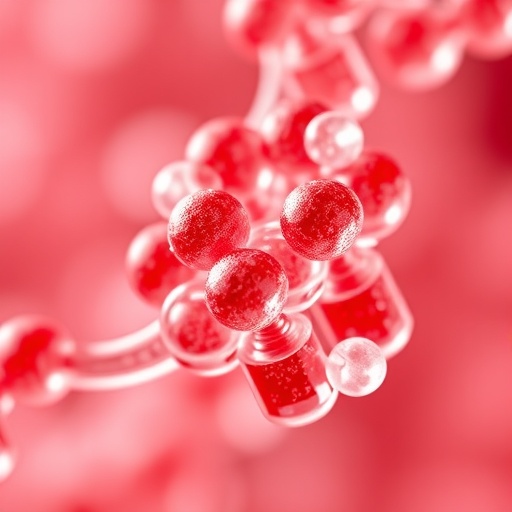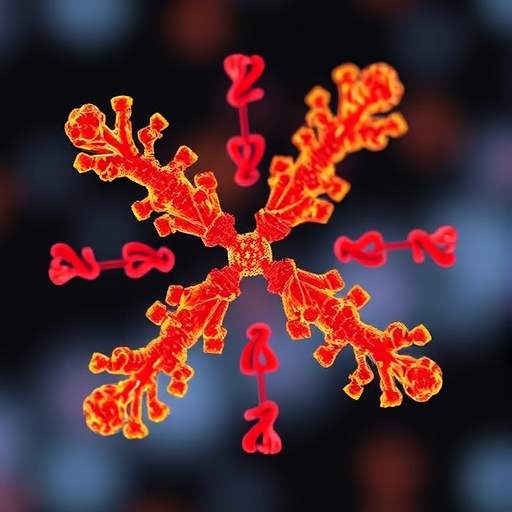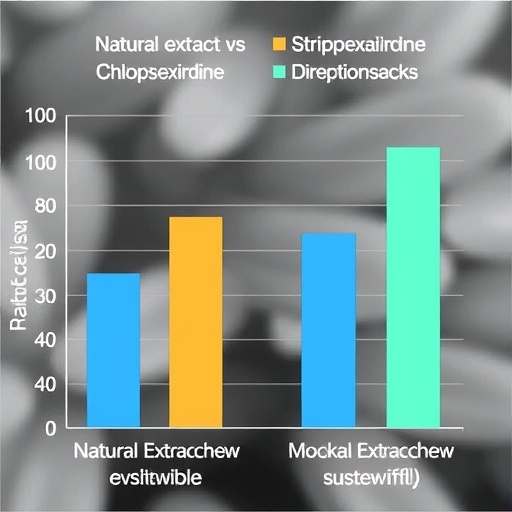PROTECT YOUR DNA WITH QUANTUM TECHNOLOGY
Orgo-Life the new way to the future Advertising by AdpathwayIn the dynamic realm of professional soccer, optimizing player performance is paramount for achieving competitive excellence. A groundbreaking study recently published in Translational Exercise Biomedicine has unveiled practical and precise cutoff points for body fat measurements that correlate strongly with physical performance in male professional soccer players. This innovative research, conducted with athletes from the Brazilian state championship, equips coaches and sports scientists with straightforward, reliable tools to monitor body composition and sustain elite fitness levels, marking a significant advance in athletic conditioning protocols.
The research involved 52 male soccer professionals, meticulously assessing their body composition via multiple skinfold measurement techniques. These protocols provided detailed quantifications of subcutaneous fat distribution at key anatomical sites, which were then statistically analyzed to determine their relationship with physical performance metrics. Physical performance was evaluated through an arsenal of well-validated tests, including vertical jump assessments to gauge explosive power, 20-meter sprints to measure anaerobic speed, and most critically, the Yo-Yo Intermittent Recovery Level 1 test (YoYoIRL1) to assess aerobic capacity—a vital determinant of endurance necessary in high-level soccer.
Strikingly, the study identified three core anthropometric indicators with robust predictive power for aerobic performance decline: abdominal skinfold thickness, the combined thickness of chest, abdominal, and front thigh skinfolds, and overall body fat percentage calculated using the Jackson and Pollock three-skinfold method. Each parameter demonstrated high correlation coefficients with YoYoIRL1 outcomes, confirming their utility as reliable markers. Subsequent analysis yielded specific threshold values—20 millimeters for abdominal skinfold, 33 millimeters for the summed three-site skinfolds, and 13% for body fat percentage—beyond which players exhibited notable decrements in aerobic endurance.
Pedro Schons, the study’s lead author, emphasized the practical significance of these findings. Addressing a critical challenge in sports science, Schons highlighted the confusion often faced by coaching staffs due to the plethora of existing body composition measurement methods. The clarity brought by their research lies in not only identifying the anthropometric measures most intimately tied to aerobic fitness but also establishing actionable cutoff points. These thresholds facilitate rapid, on-field assessments, empowering coaches to make informed decisions about athletes’ conditioning without the necessity for expensive or elaborate laboratory equipment.
Importantly, the study delineates a differential impact of excess body fat on aerobic versus anaerobic performance modalities. While sprinting and jumping abilities—indicators of anaerobic power—remained relatively marginally affected, aerobic capacity suffered substantially with increasing fat mass. This phenomenon likely arises because adipose tissue constitutes non-functional mass, exacerbating the metabolic cost of movement and diminishing the efficiency of oxygen consumption, a crucial component of sustained physical exertion.
Professor Eduardo L. Cadore, head of the research team, underscored the translational relevance of these findings. He remarked that this investigation represents the inaugural effort to establish empirically-backed cutoffs specifically predictive of aerobic decline in professional soccer contexts. The resultant benchmarks afford coaching and medical personnel a fast and effective means to monitor physical status, especially during phases where comprehensive laboratory-based fitness testing is impractical, thereby bridging the gap between scientific theory and quotidian athletic practice.
The implications for athlete management are profound. Regular monitoring of these anthropometric parameters can enable teams to maintain players within optimal fat ranges, tailored to preserve or enhance aerobic capacity. This proactive strategy is anticipated to elevate overall team performance, particularly in matches demanding high endurance levels, which typify modern soccer’s pace and intensity.
Nevertheless, the study’s authors caution about the contextual limitations inherent in their work. The data were derived from a relatively homogenous cohort competing in the pre-season phase of the Brazilian state championship, potentially limiting generalizability. Variations in genetic, environmental, and competition-level factors across continents and leagues suggest that further research is essential to validate and potentially adapt these cutoffs for broader application in diverse soccer populations.
From a methodological standpoint, the integration of skinfold measurements with performance testing underscores the value of combining field-applicable, low-cost anthropometry with robust physiological assessments. This approach ensures that findings maintain scientific rigor while retaining practical applicability, a key challenge in sports science research that routinely grapples with balancing precision and feasibility.
Moreover, the study reinforces the complex interplay between body composition and multifaceted athletic performance. While maintaining low body fat is advantageous for aerobic tasks, the repercussions on anaerobic power metrics appear less pronounced. This nuance offers insight into training regimens, suggesting differentiated conditioning strategies to optimize the distinct energetic systems engaged during competition.
In sum, this investigation offers a timely, impactful contribution to soccer sports science. By grounding performance-associated fat metrics in specific, evidence-based thresholds, it facilitates enhanced player monitoring, potentially revolutionizing conditioning paradigms. As soccer continues to evolve toward higher physical demands, such research equips practitioners with invaluable tools to keep athletes performing at their peak.
The pioneering nature of this study, combined with its immediate practical relevance, promises to galvanize further inquiry and adoption within soccer communities worldwide. Its technological simplicity and clarity enable translation from academic settings to everyday training environments, embodying a quintessential advancement in the science of athletic performance optimization.
Subject of Research: Body fat cutoff points correlated with physical performance in professional soccer players
Article Title: Associations between anthropometric outcomes and fat percentage with physical performance in professional soccer players: a cutoff points approach
News Publication Date: 8-Oct-2025
Web References: DOI: 10.1515/teb-2025-0024
Image Credits: Pedro Schons, Artur Avelino Birk Preissler, Rafael Grazioli, Júlio B. Mello, Guilherme Droescher de Vargas, Lucas Moraes Klein, Alexandra Ferreira Vieira, and Eduardo L. Cadore
Keywords: Sports, Body Composition, Aerobic Performance, Soccer, Anthropometry, Skinfold Measurement, Athletic Conditioning
Tags: aerobic capacity assessment in socceranthropometric indicators in athletic performancebody composition and athletic performancebody fat levels in professional soccerBrazilian soccer player studyexplosive power measurement in athletesimpact of body fat on enduranceoptimizing player performance in soccerphysical performance metrics in sportsreliable tools for monitoring body compositionskinfold measurement techniques in athletessports conditioning protocols for soccer


 4 hours ago
5
4 hours ago
5





















 English (US) ·
English (US) ·  French (CA) ·
French (CA) ·